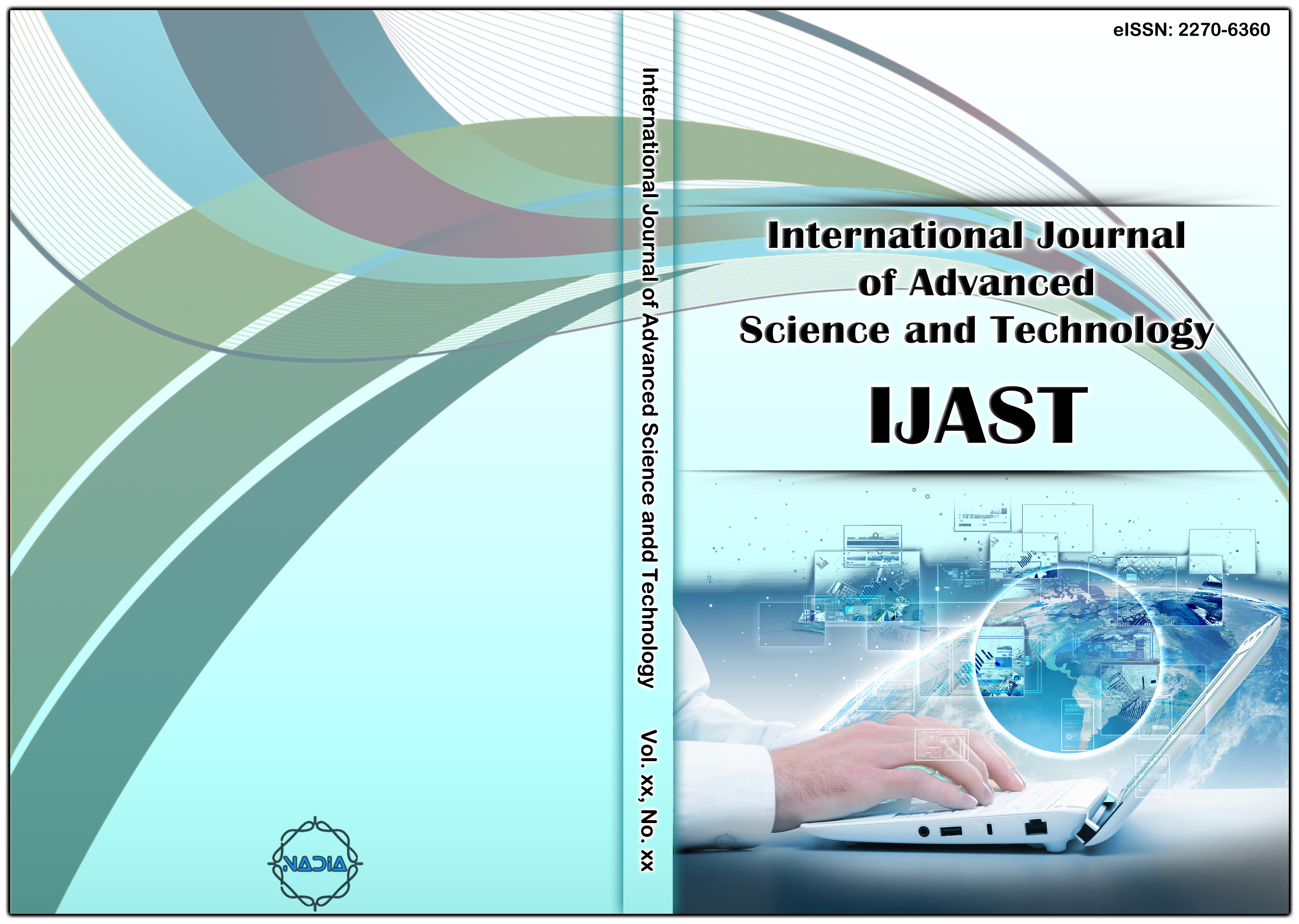[1] M. K. Chung, C. J. Kim, K. H. Choi, D. K. Chung and Y. I. Kim, “Development of LiDAR Simulator for Backpack-mounted Mobile Indoor Mapping System”, Journal of the Korean Society of Surveying, Geodesy, Photogrammetry and Cartography, 35.2(2017): 91-102.
[2] J. H. Han and S. H. Lee, “An Analysis on the Change of Smart City Space: Convergence Change of District, Street, Building and Facility”, Journal of the Korea Academia-Industrial cooperation Society, 19.5(2018): 537-550.
[3] G. Ko, K. W. Suh, and S. H. Nam, “A Study on a Drawing Tool of a Spatial Drawing Application in Virtual Reality”, International Journal of Multimedia and Ubiquitous Engineering, 13.4(2018): 7-12.
[4] W. Kong, “Analyzing the Usage of Data Mining in Spatial Database”, International Journal of Internet of Things and its Applications, 1.1(2017): 1-12.
[5] J. J. Kim, Y. S. Lee, J. Y Moon, and J. M. Park, “Bigdata based Network Traffic Feature Extraction”, International Journal of Communication Technology for Social Networking Services, 6.1(2018): 1-6.
[6] V. Ragu, Y. H. Kim, K. S Chae, J. W. Park, Y. Y. Cho, S. Y. Yang, and C. S. Shin, “A Best Fit Model for Forecasting Korea Electric Power Energy Consumption in IoT Environments”, International Journal of Internet of Things and its Applications, 2.1(2018): 7-12.
[7] J. Y. Nam, C. W. Jo and S. H. Park, “A Study on Applying Information Framework for BIM Based WBS -Focusing on Civil Construction”, Journal of the Korea Academia-Industrial cooperation Society, 18.11(2017): 770-777.
[8] H. Yang and C. Yang, “Modeling and Testing for CNC Machine Tool Spindle Static and Dynamic Characteristic Based on FEM”, International Journal of Computer-aided Mechanical Design and Implementation, 4.2(2018): 21-32.
[9] J. K. Park and K. W. Lee, “Analysis of Geospatial Information Construction Efficiency by 3D Laser Scanner Integrated with Total Station”, Journal of the Korea Academia-Industrial cooperation Society, 18.12(2017): 638-643.
[10] S. H. Ju, S. H. Yoon, S. Y. Park and J. Heo, “Simulation based Target Geometry Determination Method for Extrinsic Calibration of Multiple 2D Laser Scanning System”, Journal of the Korean Society of Surveying, Geodesy, Photogrammetry and Cartography, 36.6(2018): 443-449.
[11] D. G. Lee and D. C. Lee, “Key Point Extraction from LiDAR Data for 3D Modeling”, Journal of the Korean Society of Surveying, Geodesy, Photogrammetry and Cartography, 34.5(2016): 479-493.
[12] Y. K. Moon, Y. B. Shim, H. K. Song, “Error Correction Technique of Distance Measurement for ToF LIDAR Sensor”, KSII Transactions on Internet and Information Systems,12.2(2018): 960-973.
[13] J. K. Park and M. G. Kim, “Application of scanning total station for efficiency enhancement of tunnel surveys”, Journal of the Korea Academia-Industrial cooperation Society, 18.4(2017): 242-247.
[14] H. Y. Kang, S. K. Nam, J. R. Hwang and J. Y. Lee, “LOD(Level of Detail) Model for Utilization of Indoor Spatial Data”, Journal of the Korean Society of Surveying, Geodesy, Photogrammetry and Cartography, 36.6(2018): 545-554.
[15] T. H. Kim, D. U. Seo and K. J. Li, “Generation Method of CityGML Using IndoorGML”, Journal of the Korea Society for Geospatial Information System, 25.3(2017): 23-34.
[16] J. Y. Lim, J. M. Lee, D. H. Kim, and J. D. Kim, “Performance Analysis of LoRa(Long Range) according to the Distances in Indoor and Outdoor Spaces”, Journal of the Korean Institute of Information Scientists and Engineers, 44.7(2017): 733-741.
[17] Trimble Navigation Ltd., (2019), http://www.trimble.com.
[18] FARO Technologies, Inc., (2019), https://www.faro.com.
[19] GeoSLAM, (2019), https://geoslam.com/.
[20] Ministry of Government Legislation, (2019), http://www.law.go.kr/.
